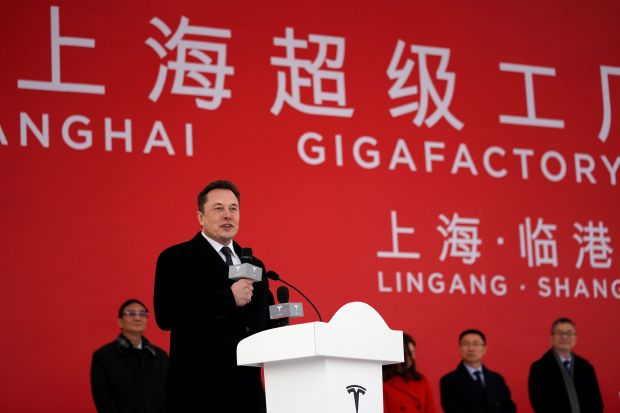Asean needs to improve capabilities, integration to benefit from supply chain diversion: HSBC
Southeast Asia cannot expect to see a wide-scale divergence of supply chains moving to the region unless there are improvements in technology, capacity and regional integration, said HSBC.
There has been widespread sentiment that the supply chains of businesses are starting to shift to Southeast Asia (SEA) en masse, on the back of the trade war and the region’s vitality, but there has been little evidence of that happening.
HSBC Singapore CEO Tony Cripps said that if Asean wants to make that happen, it must create a stronger sales pitch.
“The changes in global trade are causing businesses to re-visit their supply chain investment and capacity strategies, but we are yet to see this convert into wide-scale shifts to SEA, South Asia or other parts of the world….to convert its much-touted supply chain potential, SEA needs to build more visibility and credibility amongst international firms, particularly in their ability to handle and deliver production orders,” said Mr Cripps.
HSBC said that rather than see a wide-scale shift to Asean due to trade tensions, multinationals are diverging in their supply chain strategies with a mixture of localisation, offshoring and re-shoring activity emerging.
HSBC cited examples showing this trend, with companies such as Tesla choosing to move production into mainland China due to ease of business, technological sophistication and production reliability, while companies like Guizhou Tyres have expanded plans to build manufacturing plants in Vietnam, as China moves up the technological curve. Additionally, Western companies such as Intel are also re-shoring to be closer to home markets and higher-end technology.
Mr Cripps said: “Shifts in supply chains have been a multi-year phenomenon due to structural changes in production technology, labour costs and emerging consumer markets. Over the past decade, Asean has been perceived as a strong production option for multinationals given its role within existing supply chains, growing consumer base, and strong trade and investment ties.”
In order to create a stronger incentive for companies to move their supply chains to SEA, Asean “needs to build more visibility and credibility amongst international firms, particularly in their ability to handle and deliver production orders”, he said.
Asean must convince businesses that it can deliver competitive production costs and build relationships so businesses feel confident that orders will be serviced on time and on budget.
At the governmental level, this will require educating international firms about the regulatory frameworks, tax incentives, and free trade zones.
Additionally, HSBC said that the region’s governments need to improve intra-Asean trade flow, as it pointed to several areas of focus such as improving transport infrastructure, establishing automation of custom clearance across all Asean member states and increasing skilled labour and the flow of skilled labour, among other areas.
If the region is able to reduce these supply chain barriers, it can potentially lift Asean’s gross domestic product by 9.3 per cent and exports by 12.1 per cent, according to the World Economic Forum.
Source: https://www.businesstimes.com.sg/asean-business/asean-needs-to-improve-capabilities-integration-to-benefit-from-supply-chain


 Thailand
Thailand




